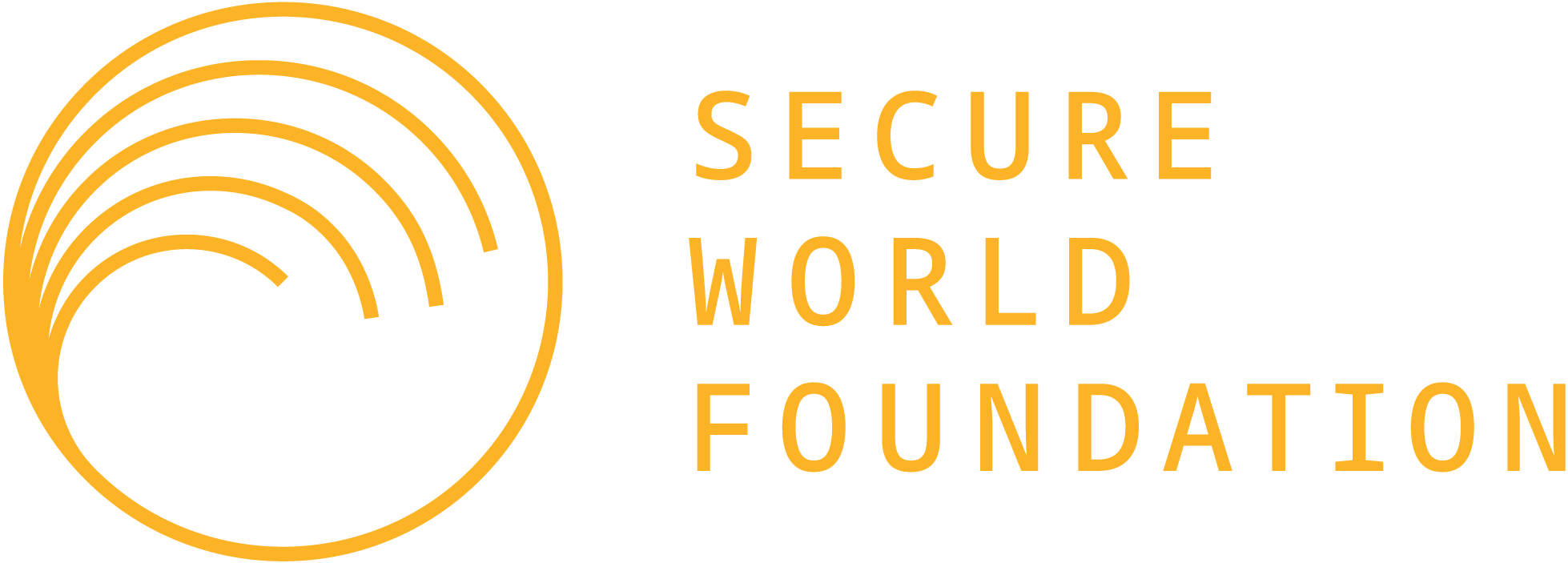Insight - Preventing Collisions in Space
Tuesday, June 7, 2022
by Director of Program Planning Brian Weeden
One of the most critical topics in space sustainability is how to minimize, or ideally prevent altogether, collisions between two space objects. Such collisions, whether deliberate or accidental, have historically created hundreds to thousands of pieces of orbital debris in each event. These pieces of debris can persist in orbit for years, and pose a hazard to other active satellites. Although outer space is vast, many important satellites and space activities are concentrated in relatively small regions where much of the space debris happens to be concentrated. Preventing collisions is a key part of reducing the creation of orbital debris and thus ensuring the long-term sustainability of space activities for future generations.
Deliberate collisions in space, also known as anti-satellite (ASAT) tests, have unfortunately happened all too often over the past several decades. The first known test was conducted by the United States in 1959, and over the course of the Cold War the United States and Soviet Union conducted more than 50 ASAT tests. After a brief respite between 1995 and 2005, China joined the ASAT testing club in 2007 and India did so as well in 2019; over the last 15 years the United States, Russia, China, and India have conducted more than 20 ASAT tests in space. Altogether, the 80 ASAT tests in space have created more than 6,300 pieces of trackable orbital debris, more than 4,300 of which are still in orbit.
Accidental collisions in space can happen several different ways. An operational satellite can collide with a piece of debris, such as in 2009 when a U.S. Iridium satellite collided with a dead Russian Cosmos satellite. That event destroyed both objects and created nearly 2,000 pieces of trackable orbital debris. There are several other cases where an operational satellite was struck by a much smaller piece of orbital debris, which often results in only minor damage or much smaller amounts of orbital debris being released. Sometimes two operational satellites may be predicted to come close to each other, and to date the satellite operators have been able to work out who will move their satellite to avoid a potential collision. But the worst case scenario is if two very large pieces of debris happen to collide, which would create many thousands of pieces of long-lived orbital debris. Unfortunately, this is likely to happen at some point soon.
SWF has multiple projects and other efforts underway to try and address all of these potential causes of collisions in space. In November 2021, in the wake of the most recent Russian ASAT test in space, we called upon all countries to declare unilateral moratoriums on further testing of ASAT weapons that could create additional orbital debris and to work with other countries towards solidifying an international ban on destructive ASAT testing. We are pleased to see that the United States and Canada have made pledges not to conduct those types of ASAT tests any more. Many other countries expressed support for the concept during the first meeting of the UN Open-Ended Working Group on Reducing Space Threats held in May 2022.
SWF also partnered with AXA XL, LeoLabs, ClearSpace, and EPFL to hold the first Kinetic Space Safety Workshop in Lausanne, Switzerland, in early May 2022. The workshop brought together technical experts, scientists, and satellite operators from around the world to develop specific proposals for reducing or preventing collisions in space. The workshop began with reviewing the results of an industry-wide survey on what the priorities should be, and then discussed current state of the art capabilities in spacecraft impact tolerance, collision avoidance, debris prevention, and debris remediation. A summary of the workshop’s findings and recommendations will be published in summer 2022 and a more detailed analysis of the survey results will be presented at the International Astronautical Congress in Paris in September, 2022.
SWF has also started investigating the topic of orbital carrying capacity as part of our work on oversight and management of large satellite constellations. There are significant global concerns about the future deployment of tens or hundreds of thousands of satellites and their potential to increase congestion and collision-risk on orbit, as well as light pollution and radio-frequency interference. To get a better sense of where the current research on orbital carrying capacity stands, SWF held a virtual workshop in March 2022 with researchers from more than a dozen different institutions around the world. The participants exchanged ideas and assessed the current state of the research, including maturity and gaps. A workshop summary report is forthcoming, and SWF will be using this work to help inform our future engagements with national regulators on how they might mitigate potential sustainability challenges from large satellite constellations.
SWF will continue working on these and other projects over the next several years to do our part to help ensure the long-term sustainability of space. However, it will take combined efforts by the entire space community - satellite operators, government policymakers, scientists, and others - to truly address this problem and prevent future collisions in space.

 Share
Share